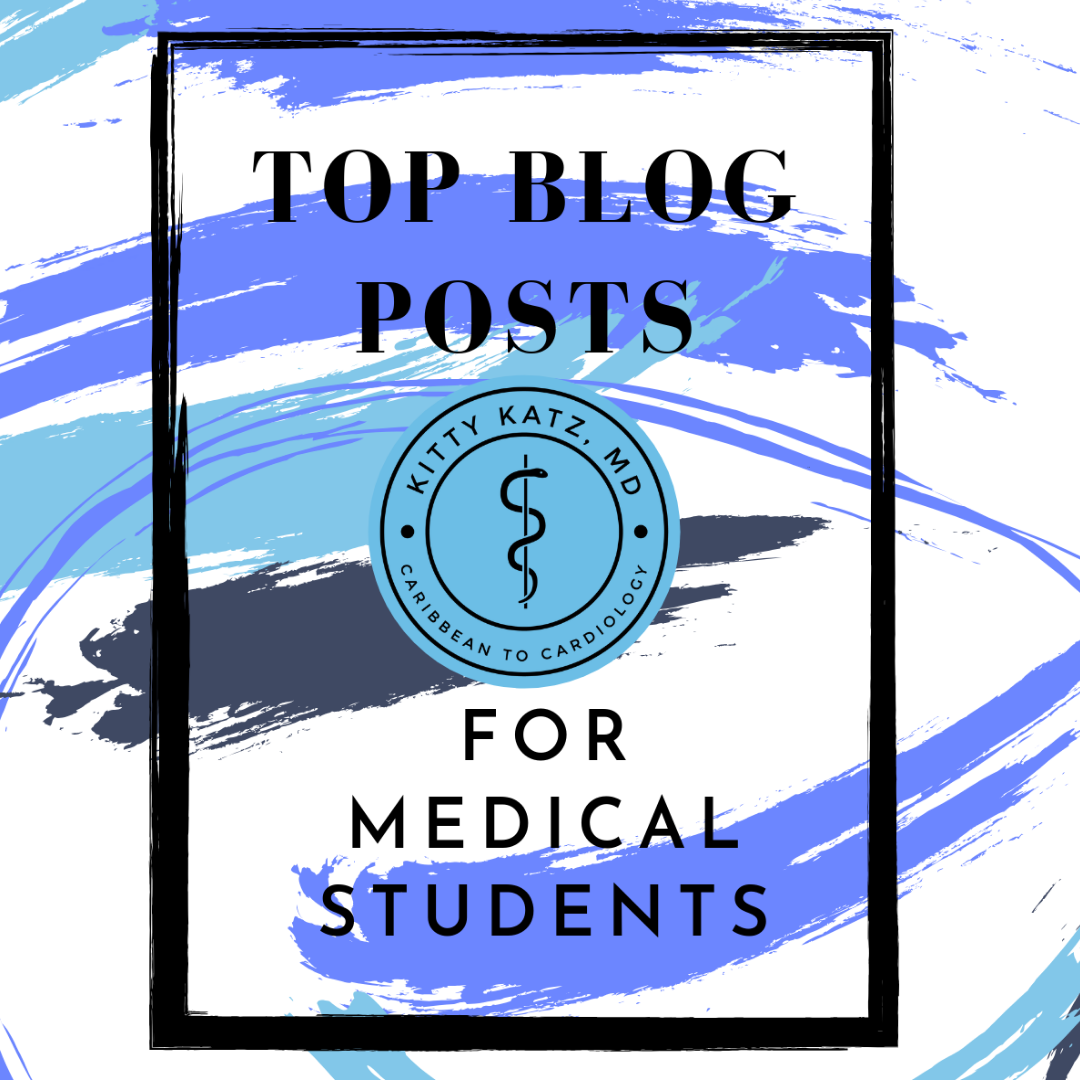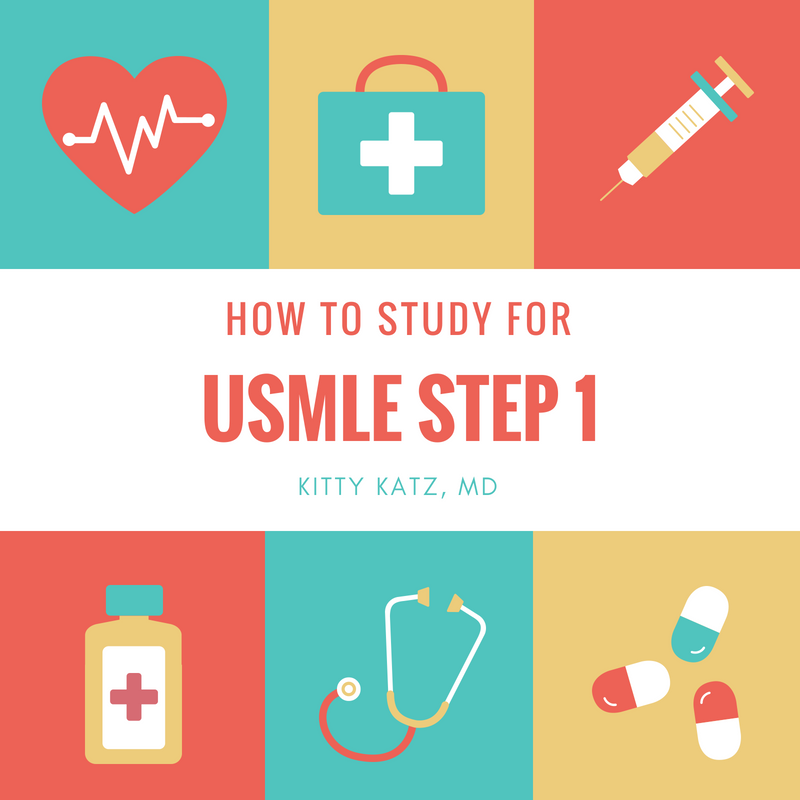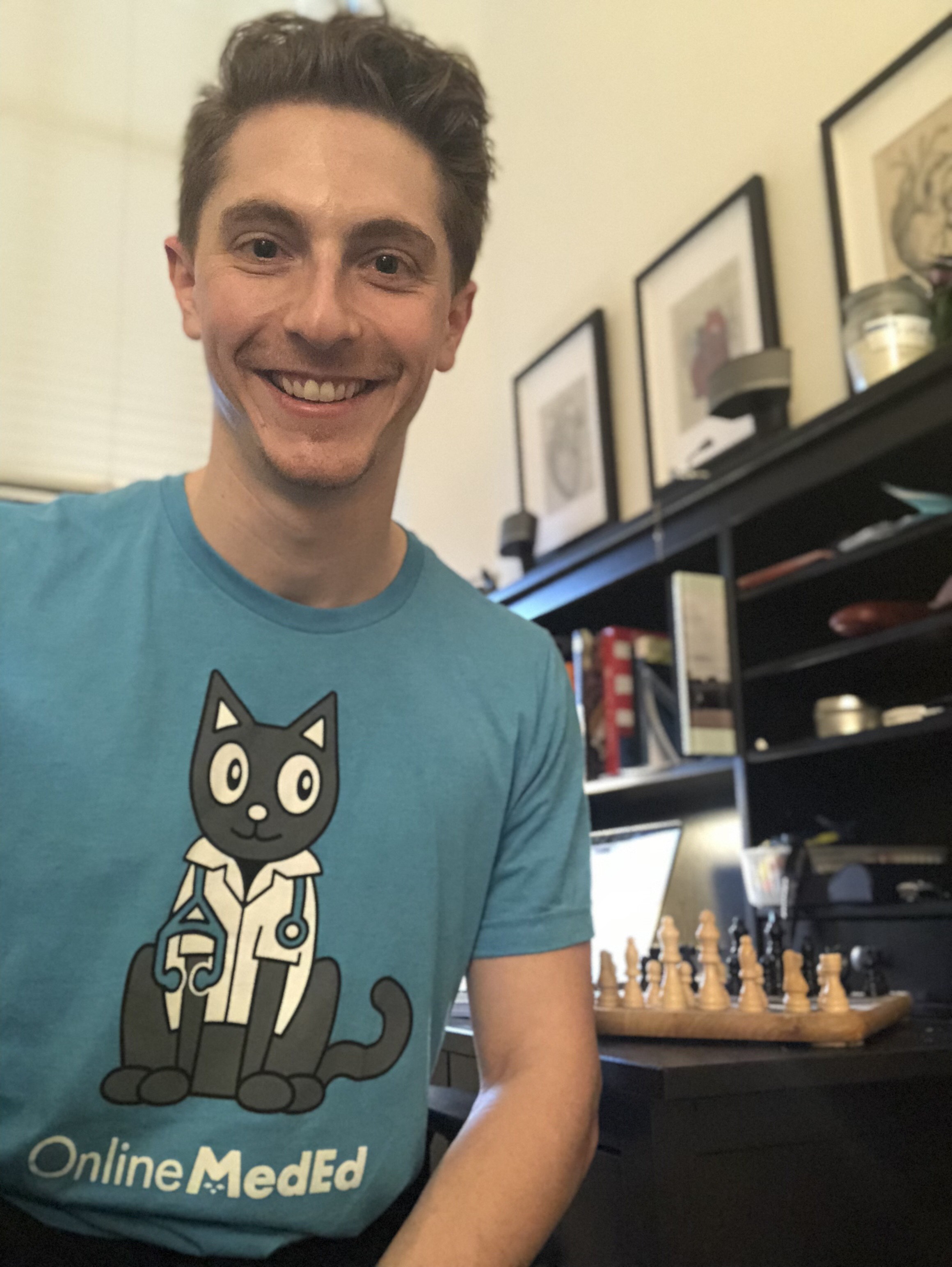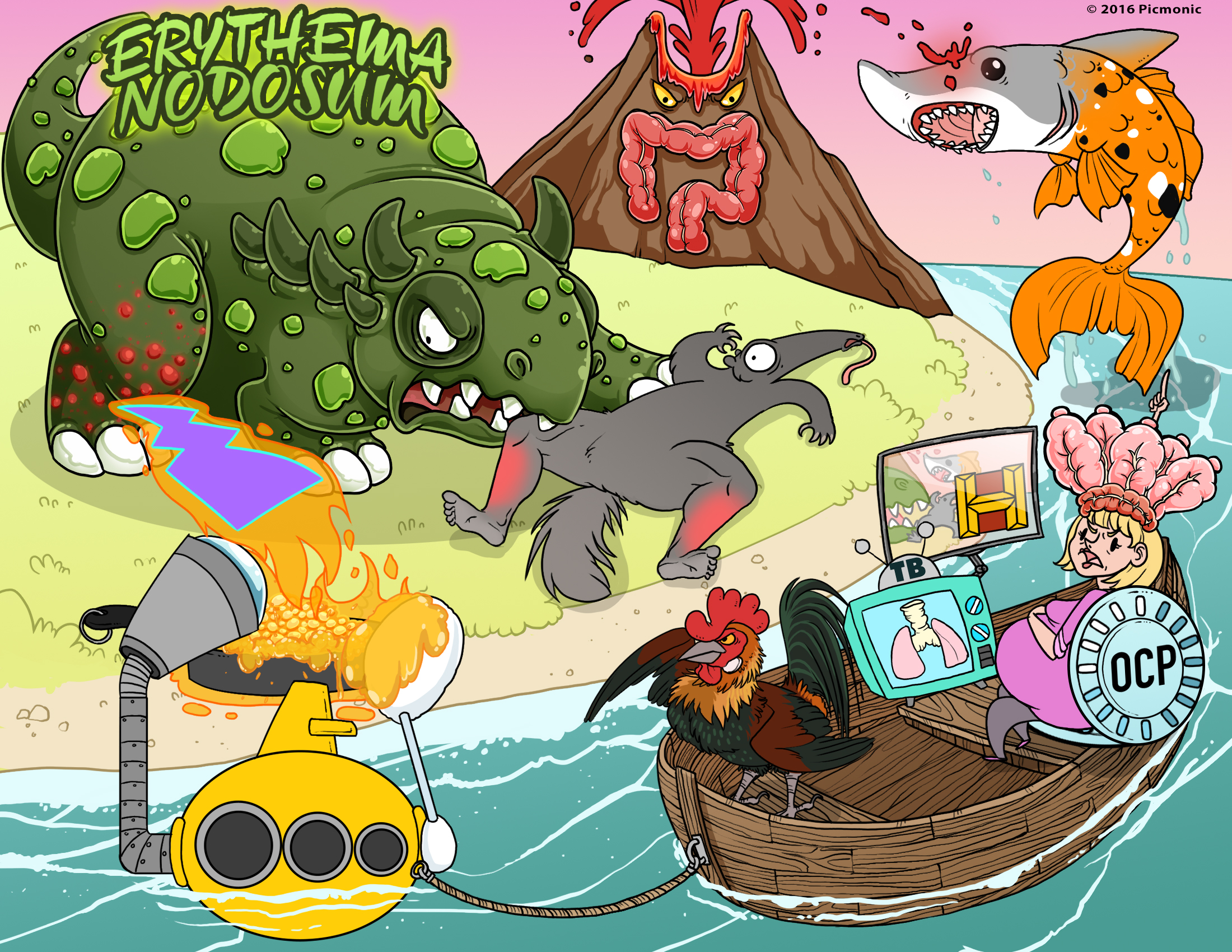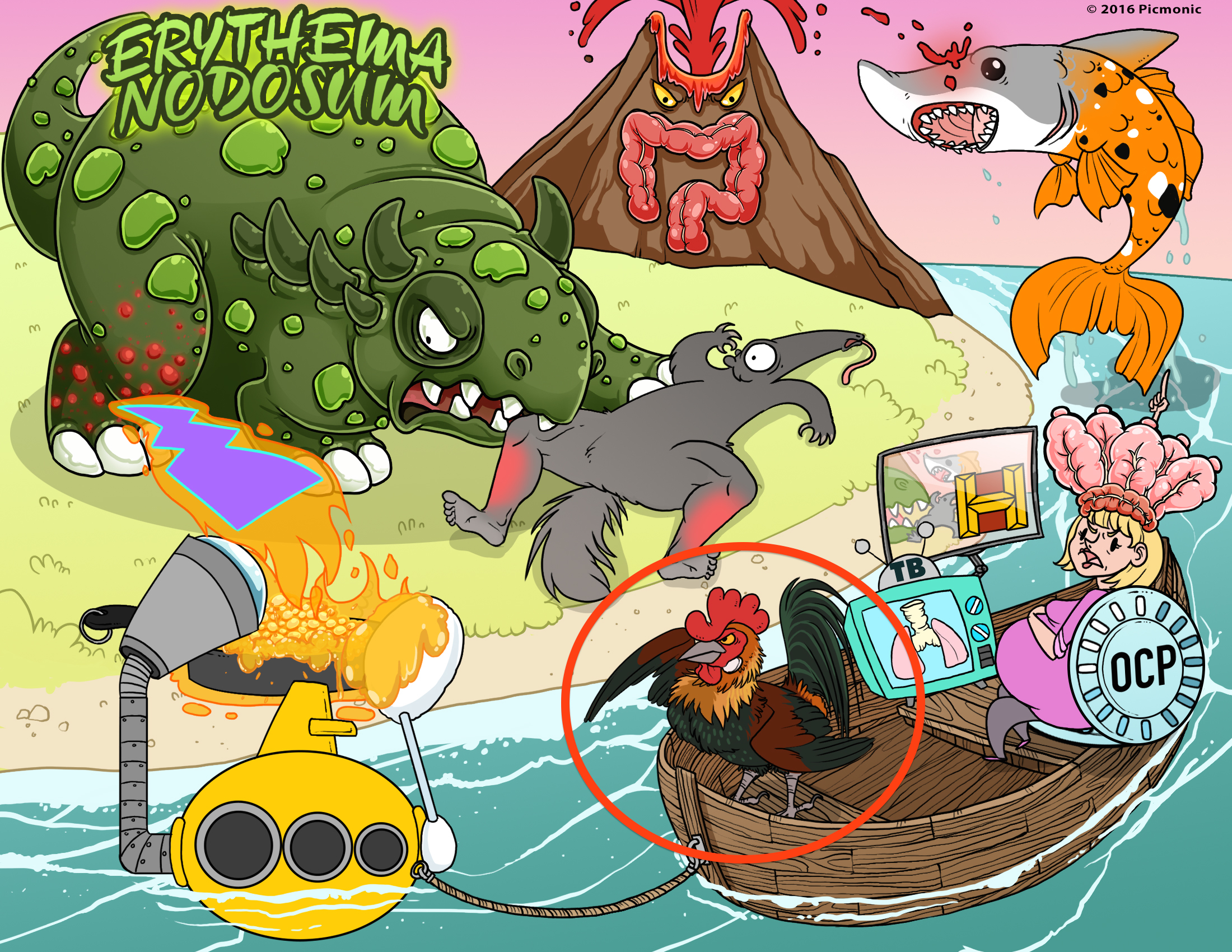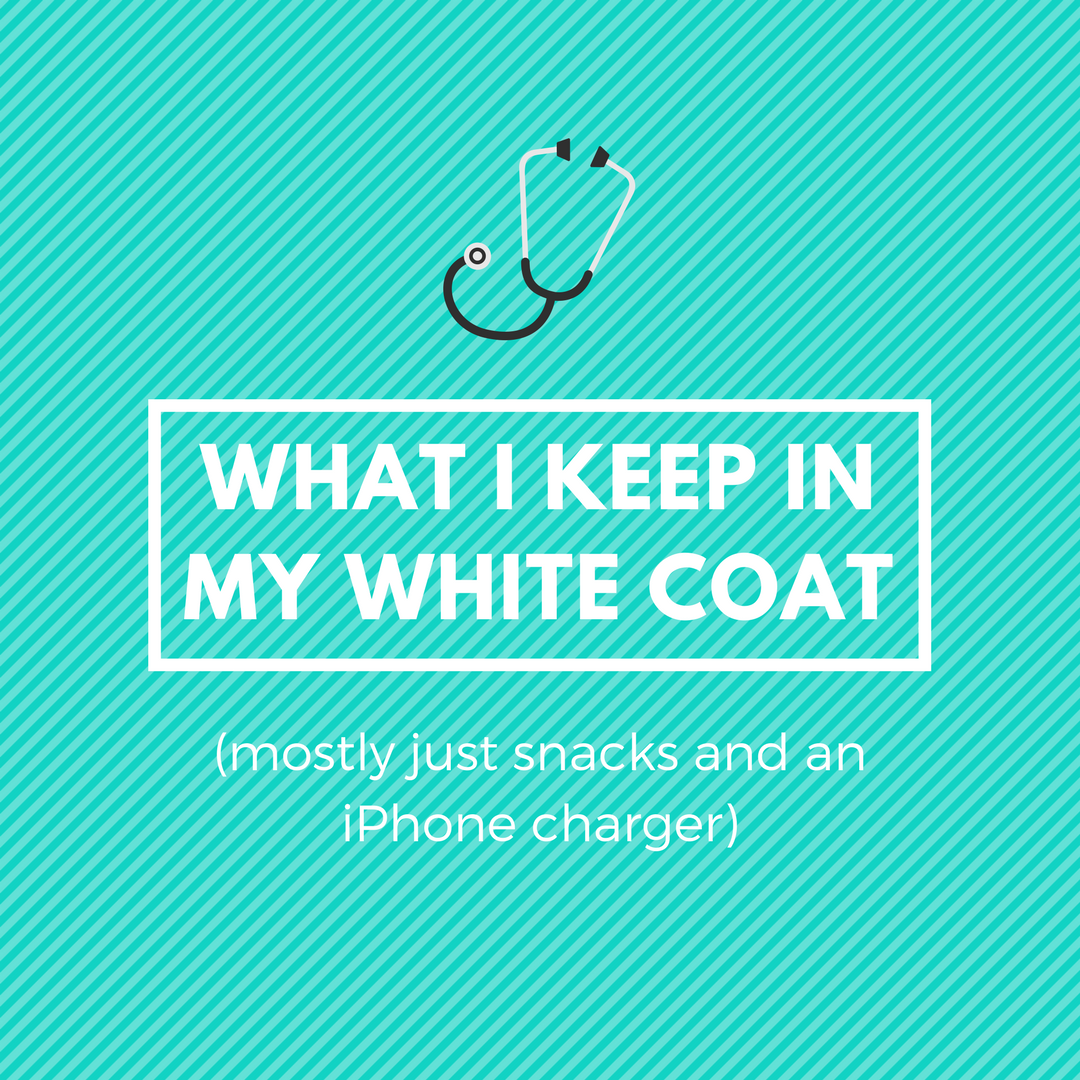I recently came back from a trip to Barbados where I gave the incoming first semester class of Ross University some advice on how to succeed in med school. Here’s a summary of my top med school blog posts broken up into various categories:
Med School Study Tips
- How To Study In Med School
- How To Pass Your First Semester At Ross University
- Test Taking Strategy to Maximize Your Score
- Finding Research in Medical School
Med School Study Resources
- OnlineMedEd
- Picmonic: use my link for 30% off and a free 1 week trial
- My 3 Favorite Study Aids Every Med Student Should Use: Pathoma, Picmonic, First Aid
- Resources to Help Study EKG’s
USMLE resources
- How to Study for USMLE Step 1
- USMLE Step 1 Resources: DIT versus Becker
- My Favorite Resources for USMLE Step 2 CK
- How To Study for USMLE Step 3
- When to Take USMLE Step 3
Clinical Rotations
Should You Go To a Caribbean Med School
Discusses the discrepancy in the match rate between US-IMG’s and US MD and DO graduates
- YouTube
- Longer blog post discussing discrepancy in the match rate between US-IMG’s and US MD and DO graduates
Residency Tips for Med Students
- Applying to Internal Medicine by the numbers: an infographic on how I applied to internal medicine
- Categorical versus preliminary residency positions
- How to Successfully Submit Your ERAS Application
- How To Write Your Residency Personal Statement (and a copy of mine!)
- Tips to Succeed on Your Residency Interview
- Is USMLE Step 3 Important for the Residency or Fellowship Application
Residency Tips for Residents
- What To Do Before Starting Residency
- Surviving Residency: 5 tips you didn’t know you already knew
- What I Learned During My First Week of Residency
- Medical Training Doesn’t Get Easier, You Get Stronger
- How to Survive 28 Hour Residency Call Shifts
- The Worst Part of Being an Internal Medicine Intern
- How To Prepare for Intern Year of Residency
- The Difference Between an Intern and a Senior Resident
Ross University Specific
- From the Final to the Finale: the timeline form the last final leading up to the comp
- How to Pass the Comprehensive Shelf Exam
- My Review of Step One Review Courses: Becker versus DIT
Interviews with Residents in Various Specialties
- Dermatology
- OB/GYN
- Pediatric Resident Who Also Applied To OB/GYN
- Categorical Surgery
- Physical Medicine & Rehabilitation (PM&R)
- Emergency MedicineInternal Medicine in Canada
- Family Medicine Resident who Failed Step 1
- What Happens When You Don’t Match…Twice

